Hot on the heels of raising the minimum wage to $20, California isn’t done yet.
There’s talk about bumping it up another 3.5% as the California Food Council gears up for a heated discussion soon, with insights from Restaurant Business lighting the way.
California Most Expensive State To Live In
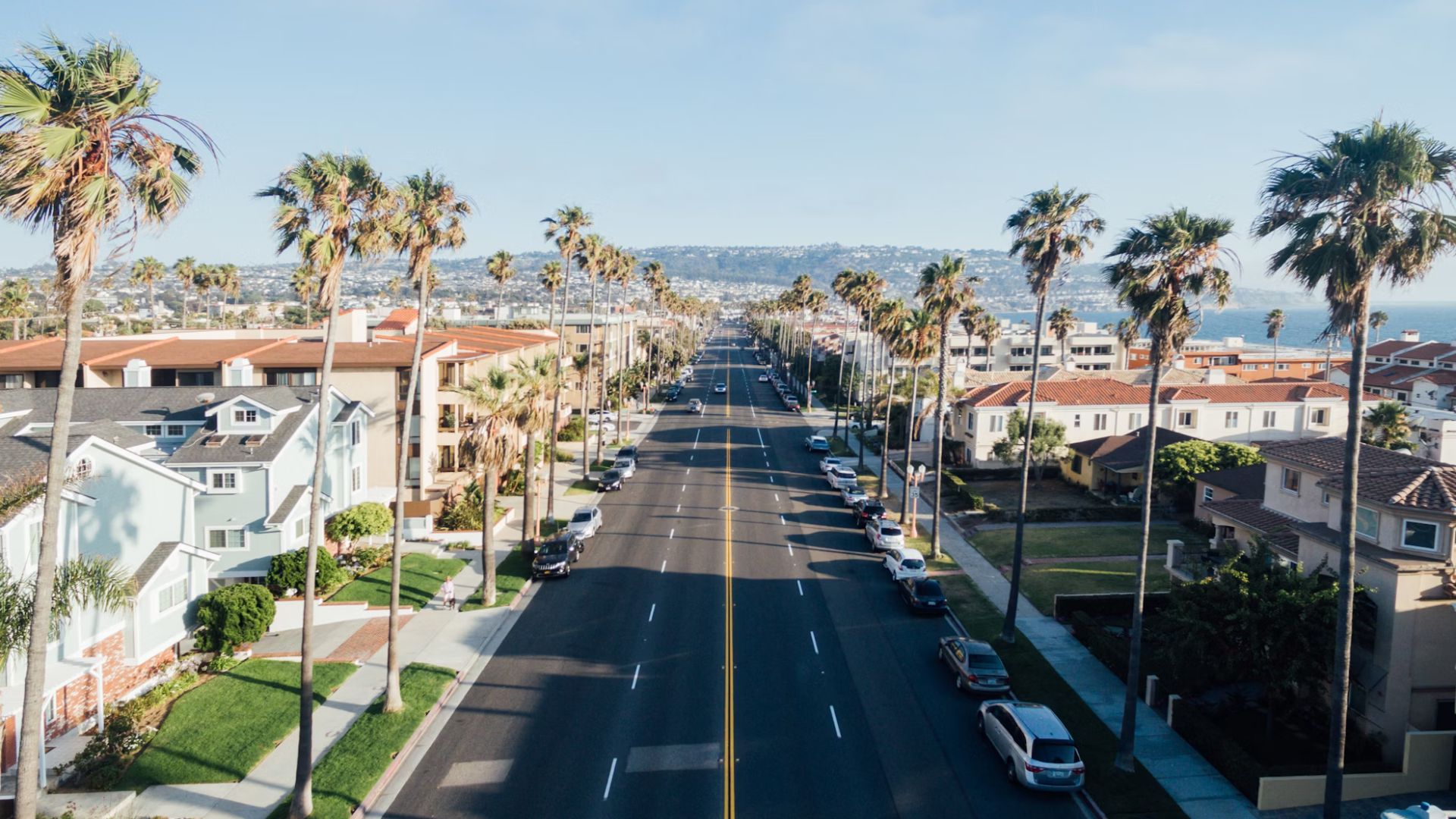
As of 2024, California is the most expensive state to live in in the US. Minimum wage earners in this state struggle the most to make ends meet.
With the average house price in San Jose being over $1.7 million and the average monthly energy bill just under $300, many Californians are struggling to make ends meet.
Minimum Wage in the US
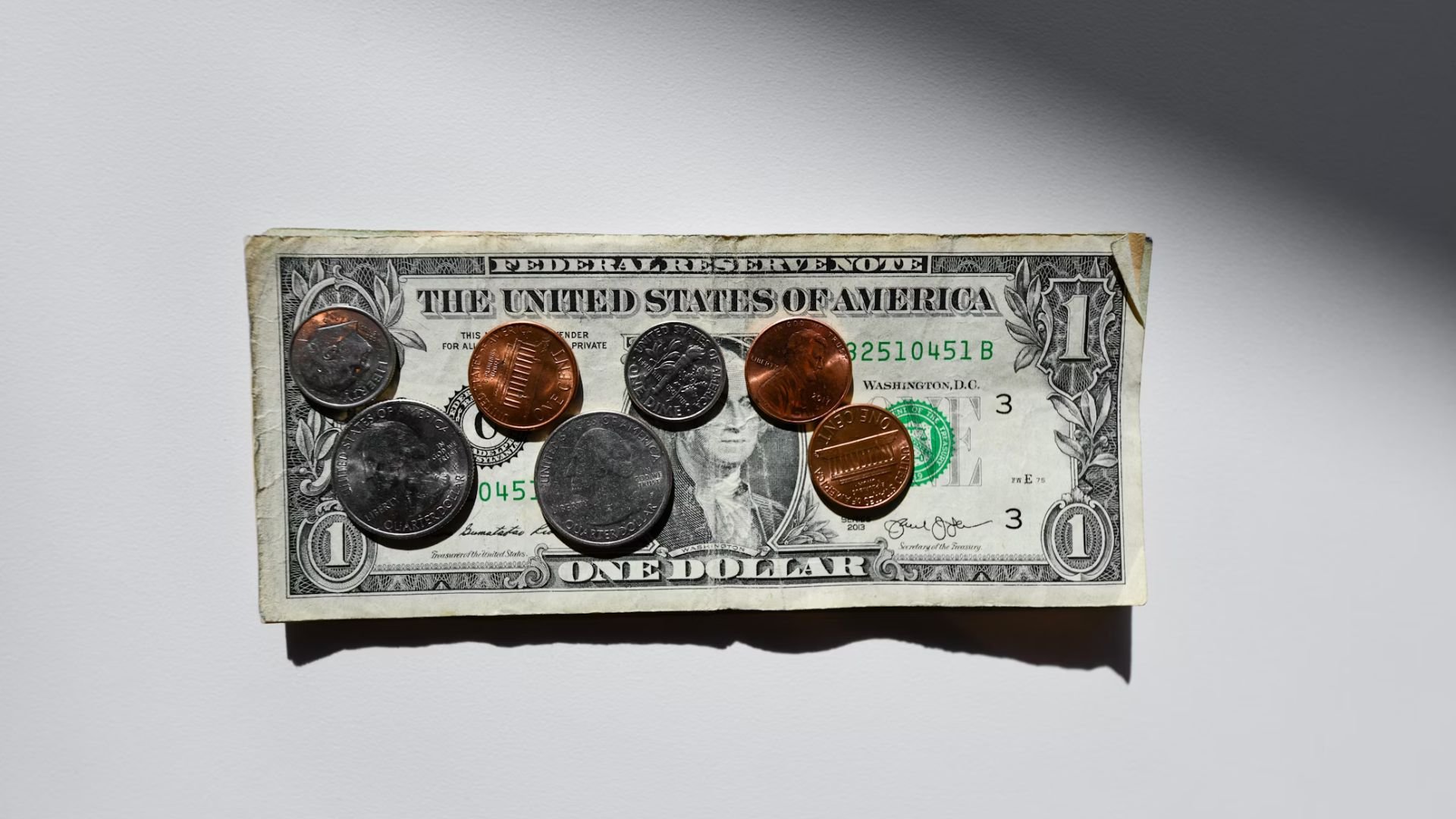
The minimum wage in California is very different from that across the rest of the US. The federal minimum wage is $7.25 an hour, something that hasn’t been increased since 2009.
However, this can vary from state to state. Some states, such as Wisconsin and Oklahoma, keep minimum wage employees on the federal amount. However, other states, such as New York and Nevada, have set their minimum wage amounts. New York minimum wage workers get $16 an hour, and Nevada’s minimum wage workers get $11.25 an hour.
Vocal Opposition from Industry Leaders
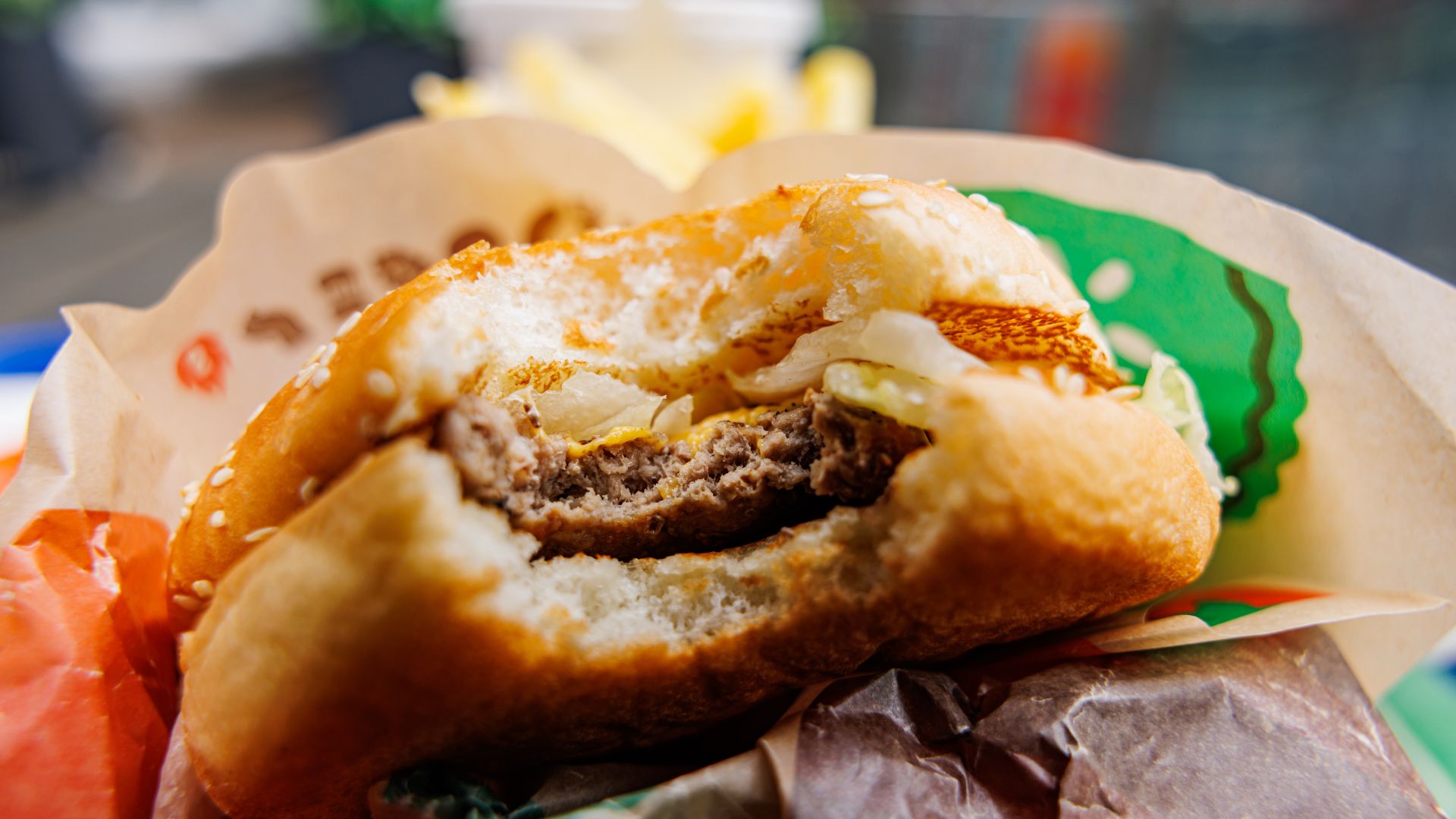
Tom Manzo, head of the California Business and Industrial Alliance, isn’t mincing words.
He’s quoted in The New York Post saying, “The definition of stupidity is doing the same thing repeatedly and hoping for a different result.” His worry? More wage hikes might mean fewer jobs in fast food.
Politics at Play in Wage Debates

As California contemplates another wage increase, Governor Gavin Newsom finds himself in a tricky spot.
Known for setting up the council behind these wage pushes, he’s now on lists as a possible presidential contender, adding a political twist to the wage discussions.
Gavin Newsom Denies Criticism
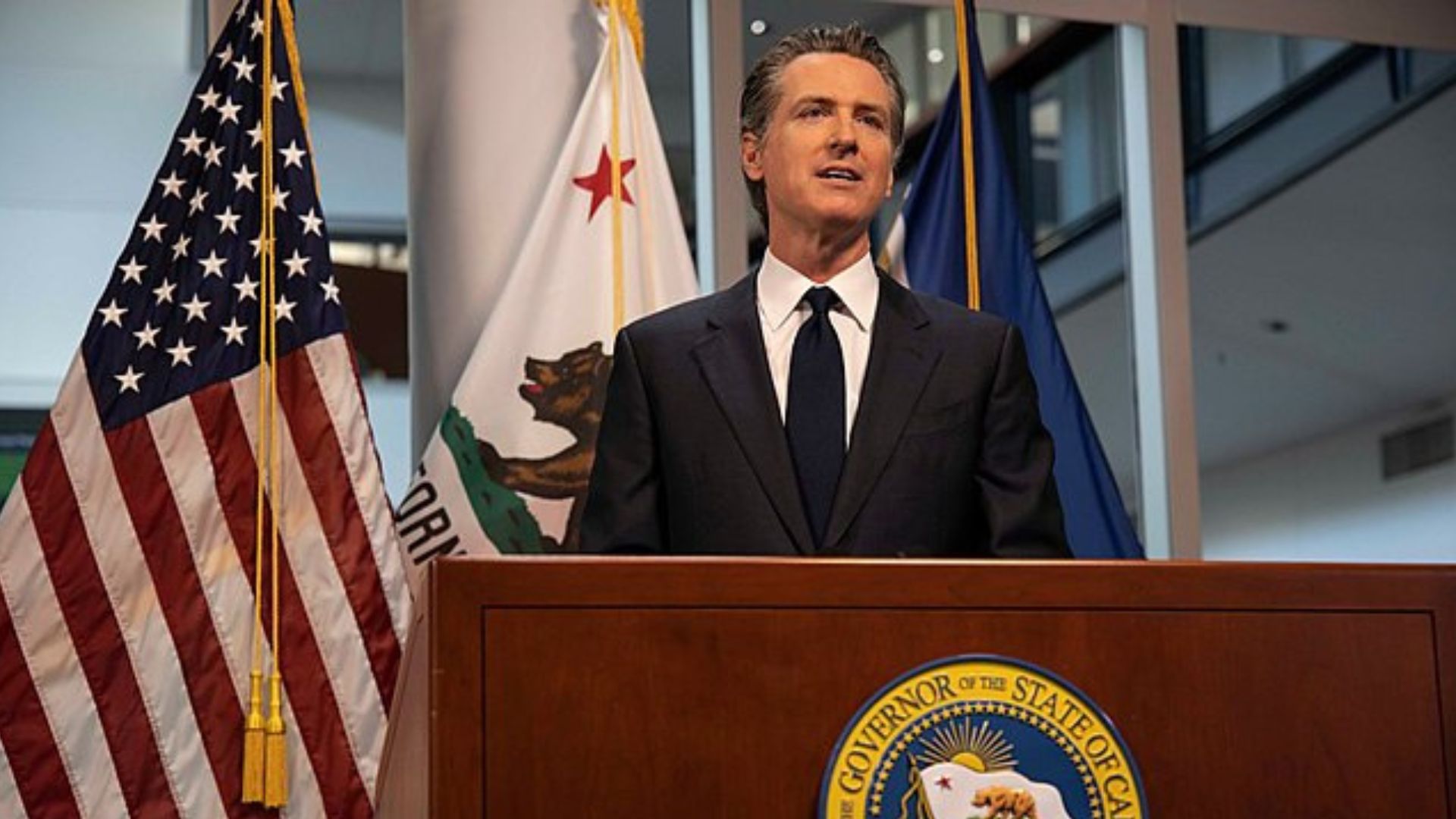
Having come under fire for his decision to raise the minimum wage, Governor Gavin Newsom had to deny reports that one exemption in the new law was due to the exemption benefitting a wealthy donor.
The exemption was that outlets with an on-site bakery or that sell bread as a standalone item on their menu wouldn’t have to raise their workers’ wages. As Panera Bread franchisee Greg Flynn has donated to Newsom’s campaigns, there were reports that Flynn was the reason behind the exemption. Newsom has strongly denied this.
Dumb Wage Laws

Some people have referred to California’s rise in minimum wages as a “dumb wage law” and said that it is leading the rest of the US with these laws – and not in a good way.
These people argue that while raising the minimum wage may seem beneficial on the surface, as it would provide more money for people, it has disastrous consequences, such as job losses and outlet closures.
The New Normal for Fast Food Paychecks
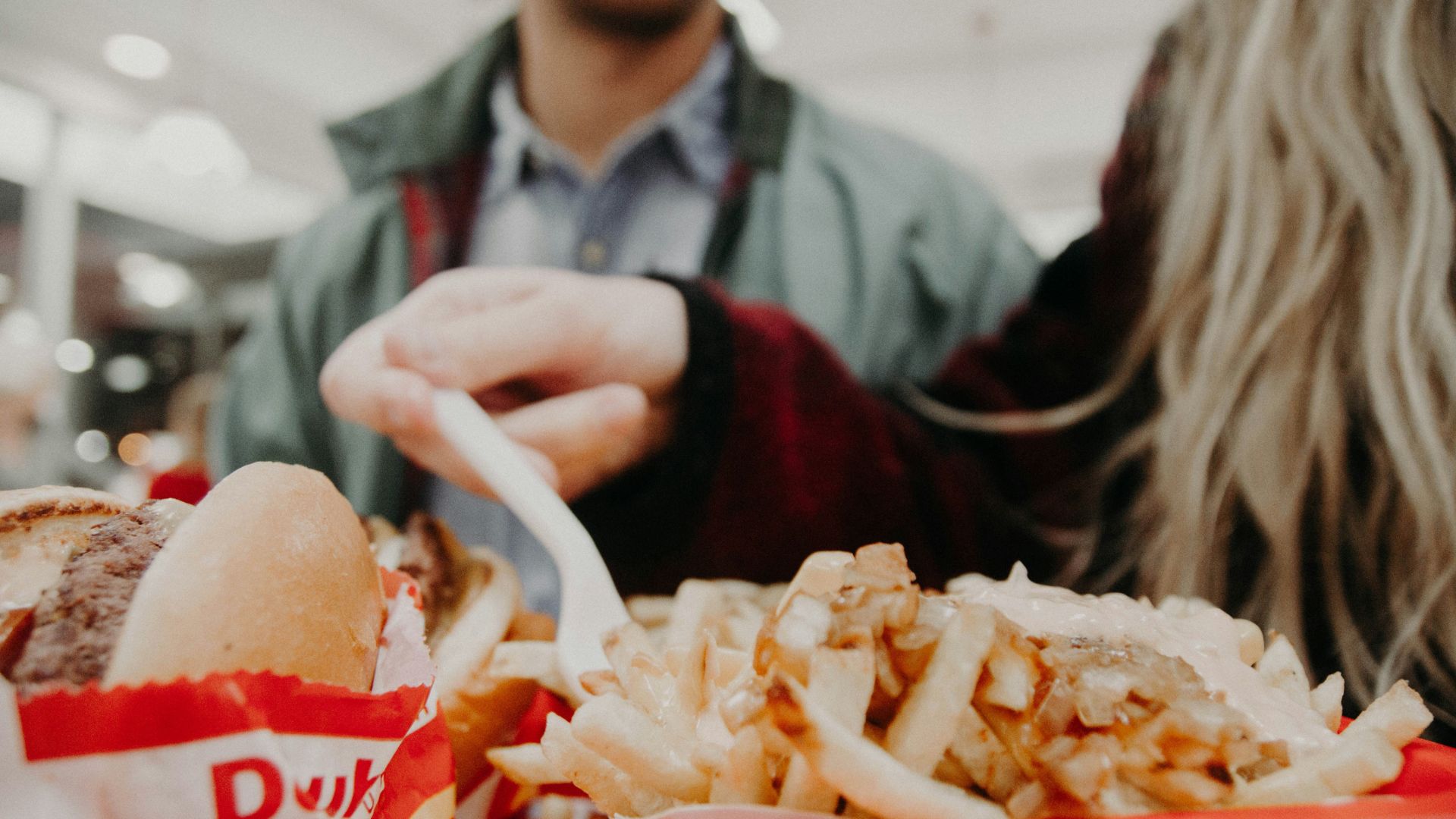
The golden state has set a new standard: $20 per hour minimum for any fast food restaurant with over 60 outlets nationwide.
This jump from $16 is more than just a pay raise—it’s reshaping how the industry operates.
Highest Paid Fast Food Workers in the Country
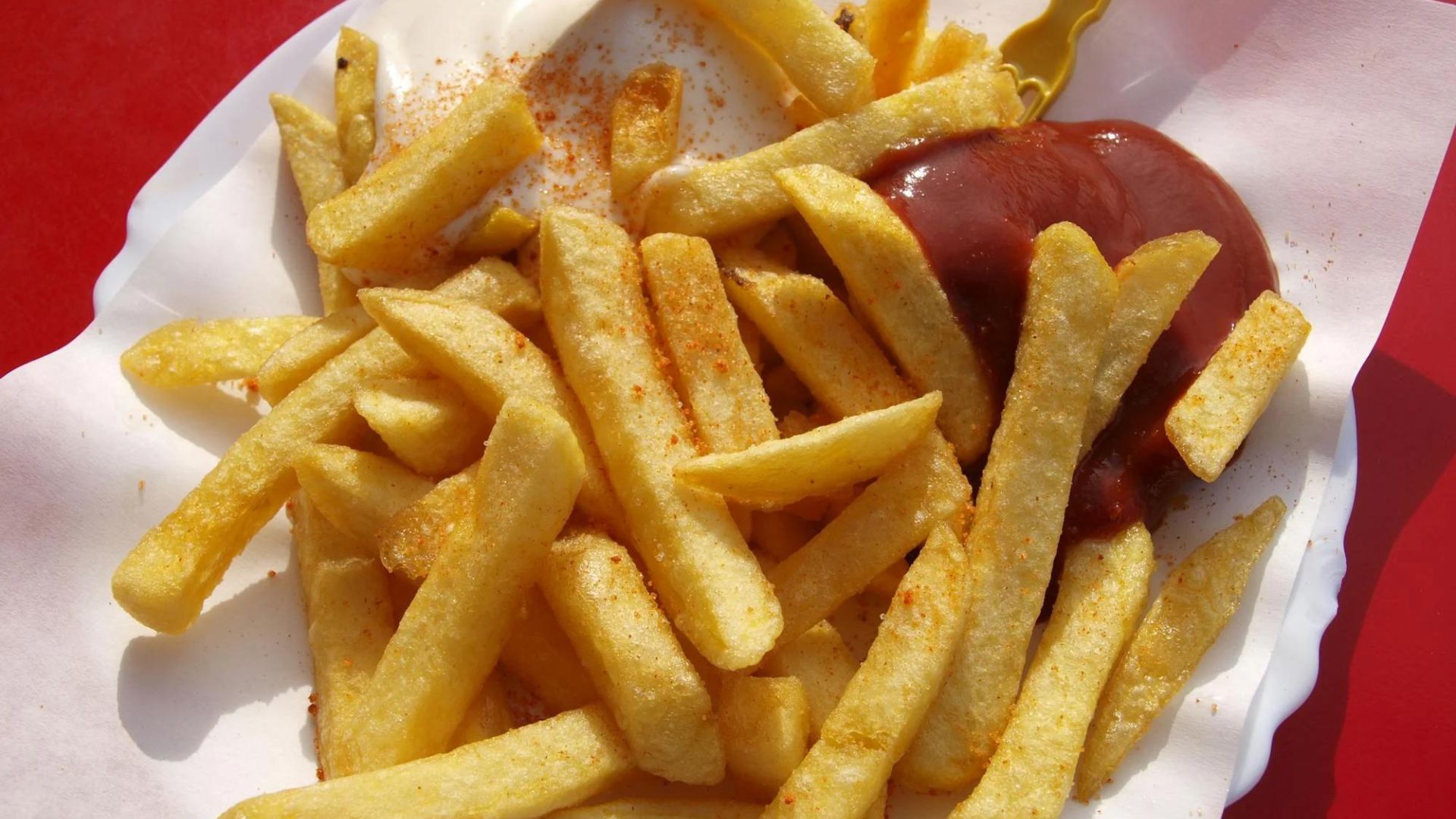
With the minimum wage for fast food workers already at $20 an hour, California fast food workers are already considered the highest paid in the US.
With the new proposal of a further minimum wage hike, California fast food workers will be paid well above other workers who work in similar capacities across the US.
A Relief for Workers
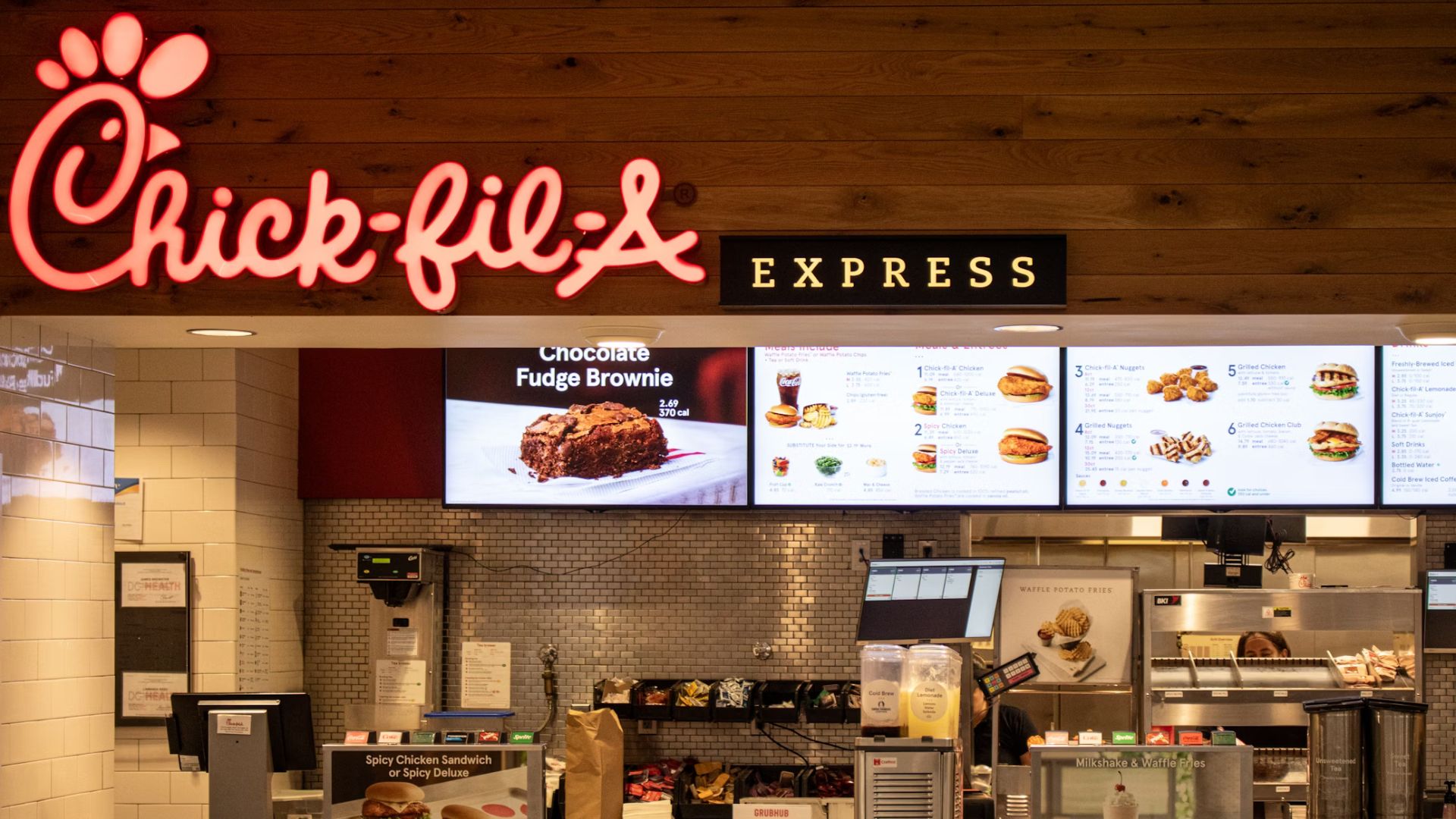
Fast food workers are one group of people for whom this minimum wage rise comes as a relief.
Minimum-wage workers often struggle to make ends meet, so any increase in their wages is often well-received by them. It makes it easier to pay the bills and sometimes means they can drop other jobs they had to take on just to make ends meet.
No Longer Teenagers
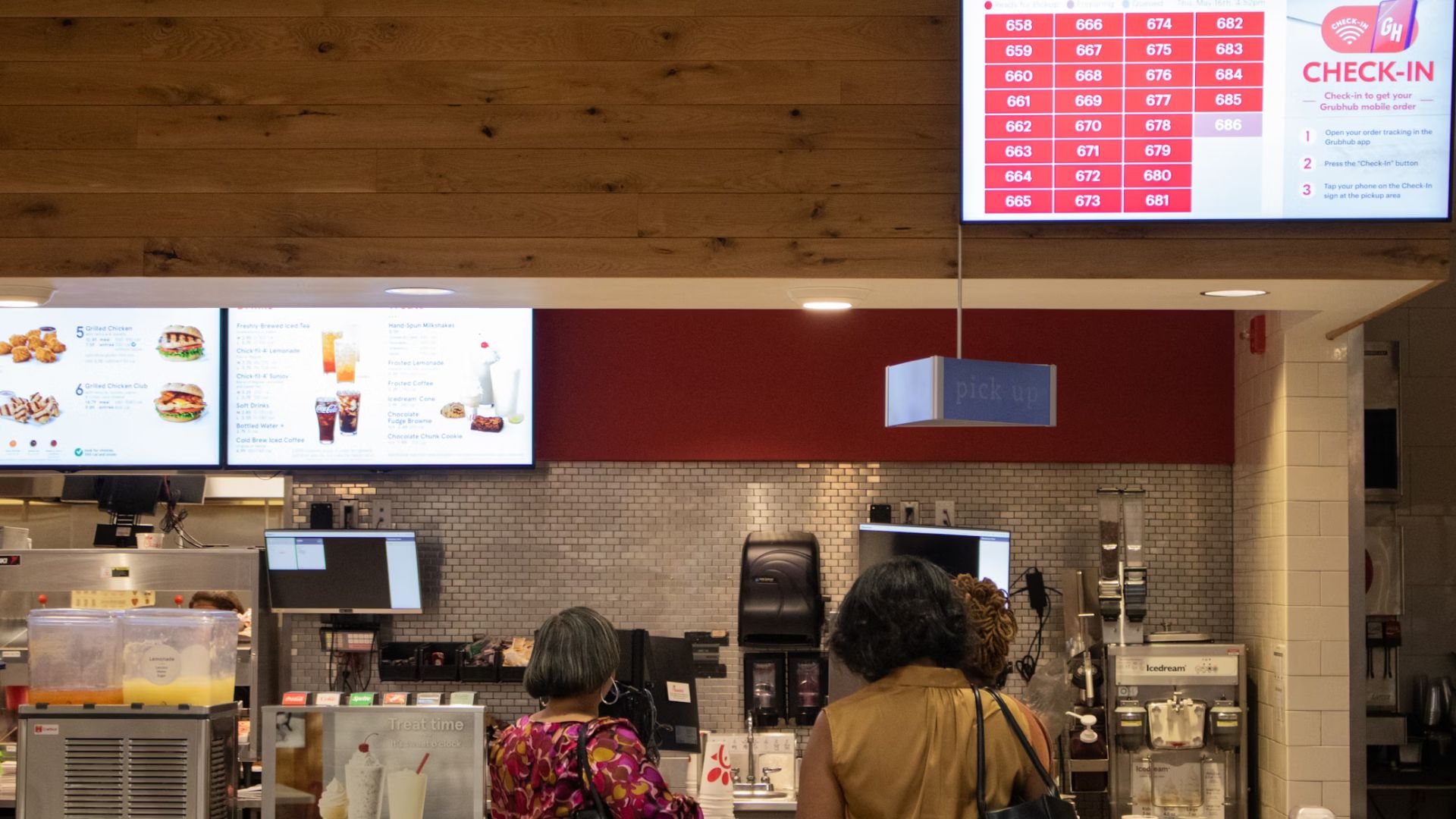
One of the main arguments in favor of the initial minimum wage hike was that most fast food workers are no longer teenagers wanting to earn a bit of extra money on the weekend or after school to spend on whatever they want.
Instead, they are now adults who need to afford their mortgage or rent, pay for healthcare and bills, and generally just be able to afford to live.
Customers Paying the Price Too

With the wage increase now in effect, your favorite spots like McDonald’s and Wendy’s aren’t just adjusting recipes.
They’re tweaking prices too, up by as much as 8% according to Kalinowski Equity Research, reflecting the steep climb in labor costs.
Fast Food Has Increased by 47%
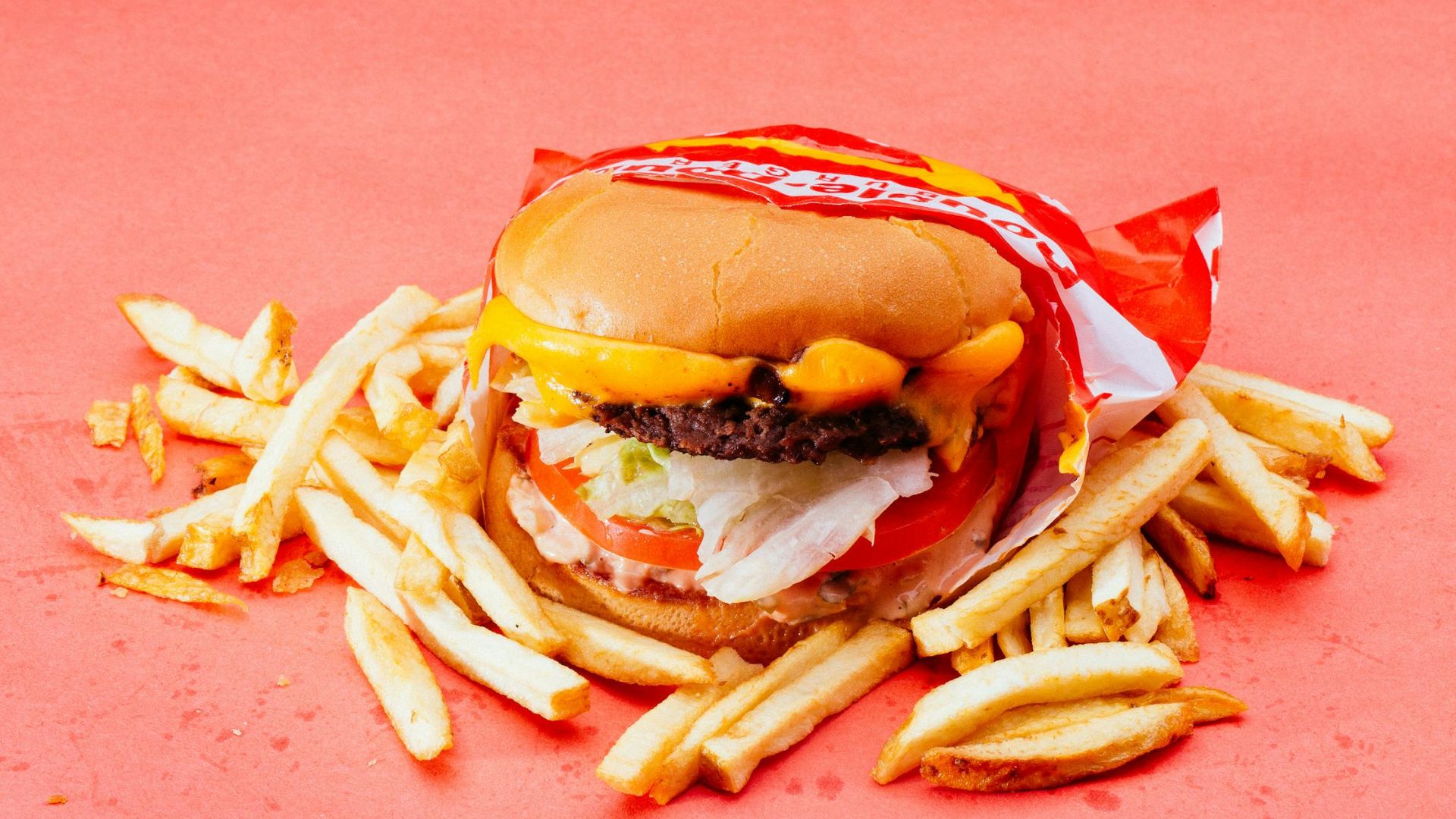
Due to the rise in minimum wage, which began in 2024, fast food prices have increased by 47% over the past decade, which is a sharp increase compared to the years before.
This affects those on low incomes, especially low-income families, as they are their target audience, driving them to go elsewhere.
Unfair on Customers

While these restaurant owners could argue that it makes sense to raise their prices to afford the rise in minimum wage, another argument is that it’s unfair to customers to raise these prices.
They should look at other ways to afford to pay this rise without also having to turn to layoffs. This could include methods such as reducing the amount of overtime staff can do.
Turning to Casual Restaurants
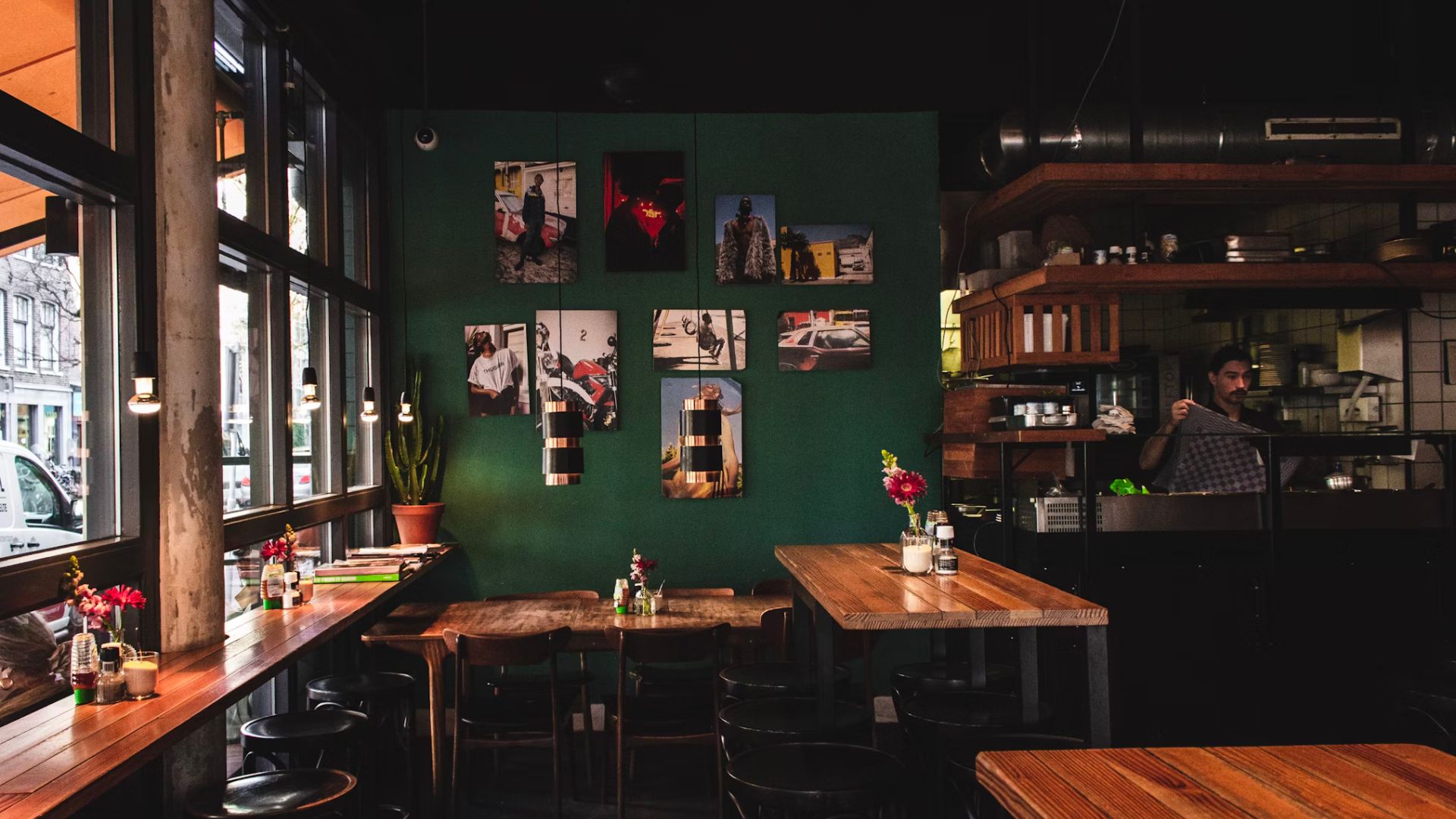
The situation with fast food has become so bad that people are now turning away from these places and going to casual dining restaurants, such as Olive Garden.
Even though the prices here are a little more expensive than at fast-food restaurants, customers are willing to pay that price because they feel they are getting more for their money.
Fast Food Is Considered a Luxury
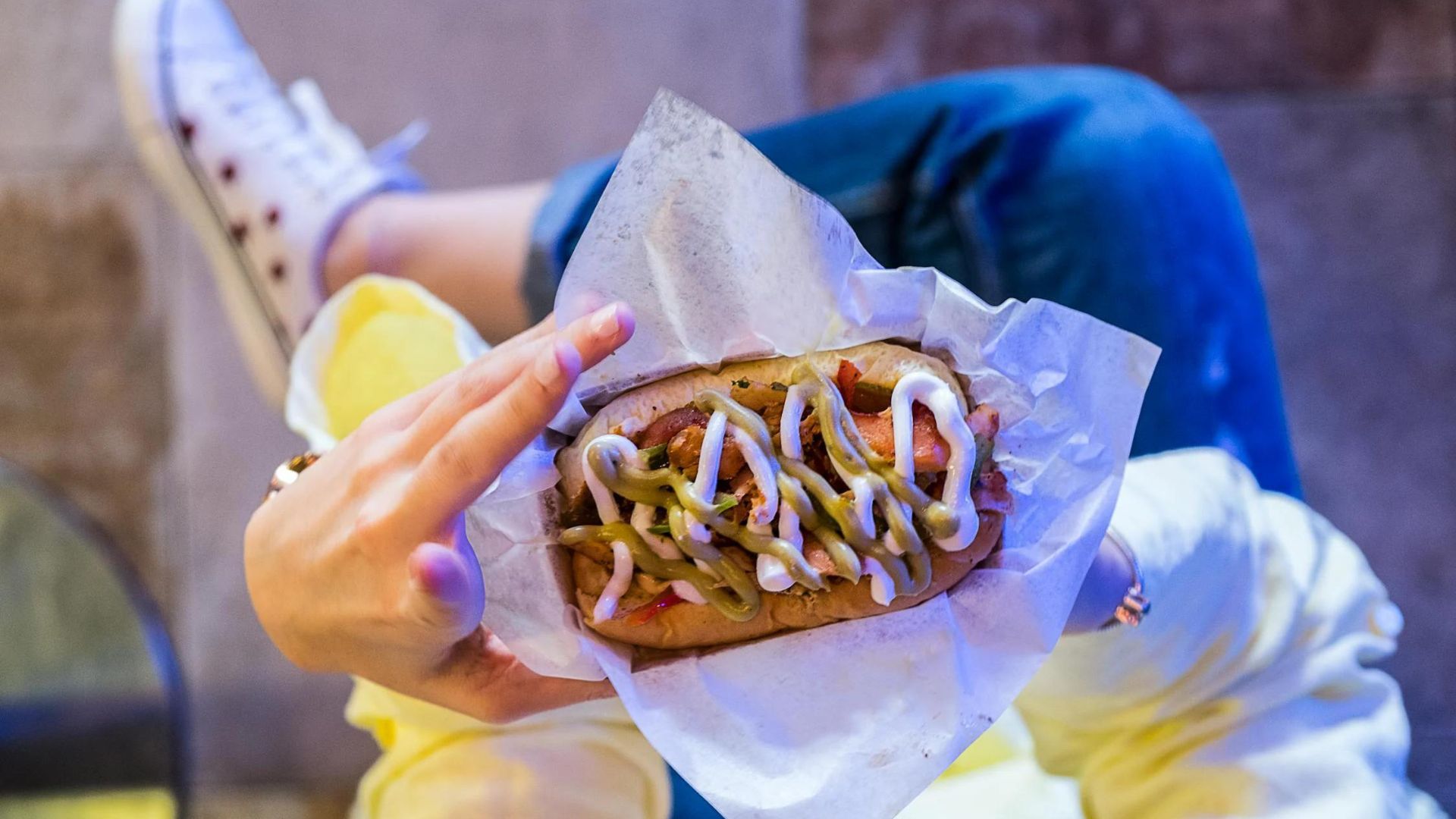
Due to the high prices of fast food, customers now consider it a luxury. What was once a staple in many homes is now becoming a place that people only go to once occasionally if they can afford to.
80% of Americans have said that fast food is now a luxury, but with the new proposed minimum wage hike, these numbers are only set to get worse.
Tough Times for Some Chains
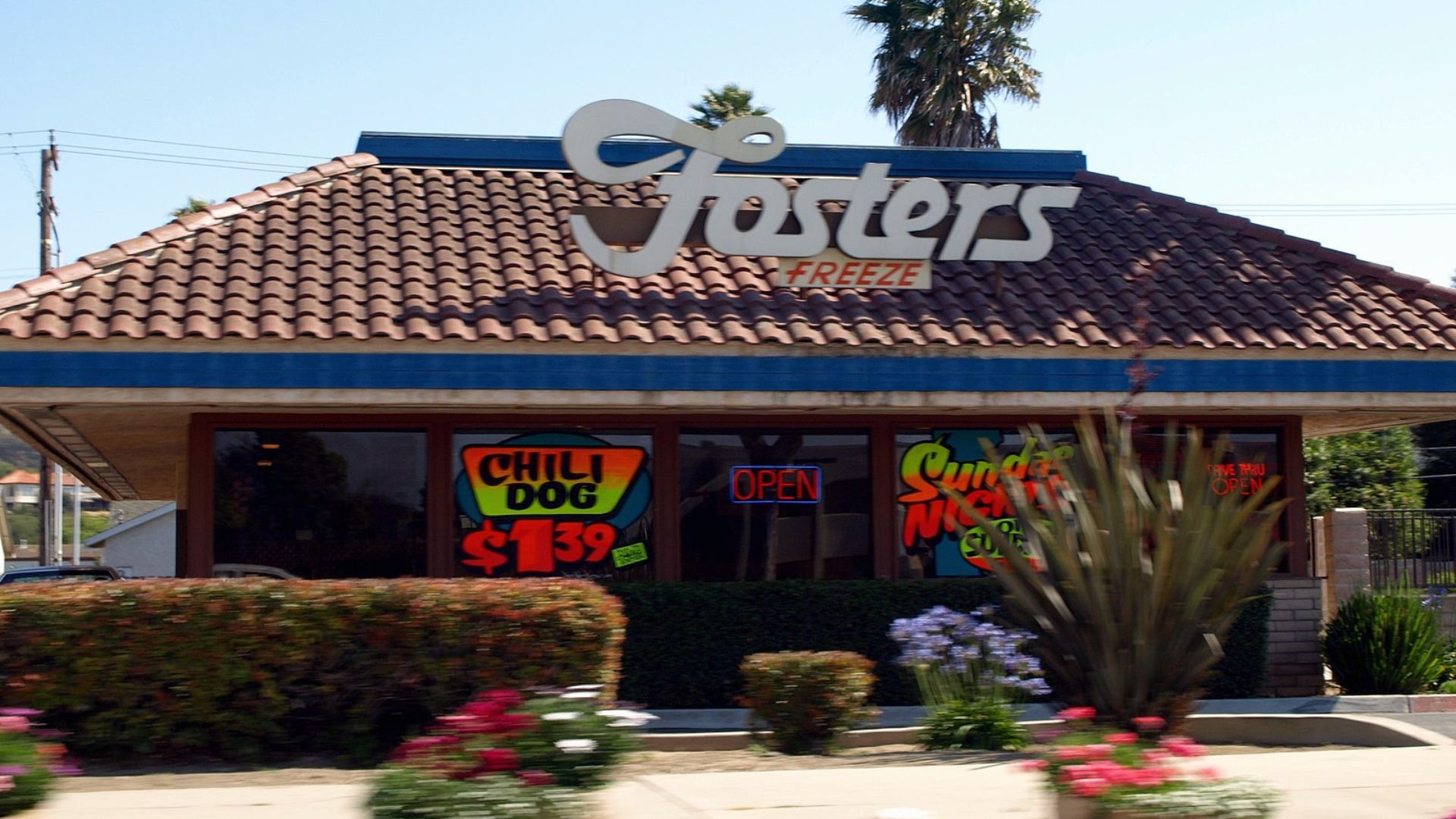
The rise in operational costs due to the increased minimum wage has led some franchise chains, including Rubio’s Coastal Grill and Fosters Freeze, to close down locations.
These closures have been linked directly to the financial strain caused by the wage increases.
Delivery Drivers Losing Jobs

Delivery drivers seem to be facing the brunt of job losses. For example, Pizza Hut announced they were letting go of over 1,000 delivery drivers as they couldn’t afford them with the minimum wage rise.
This led many of these drivers to complain, as they didn’t see the point in raising wages if people were only going to lose their jobs.
Who’s Who on the Fast Food Council
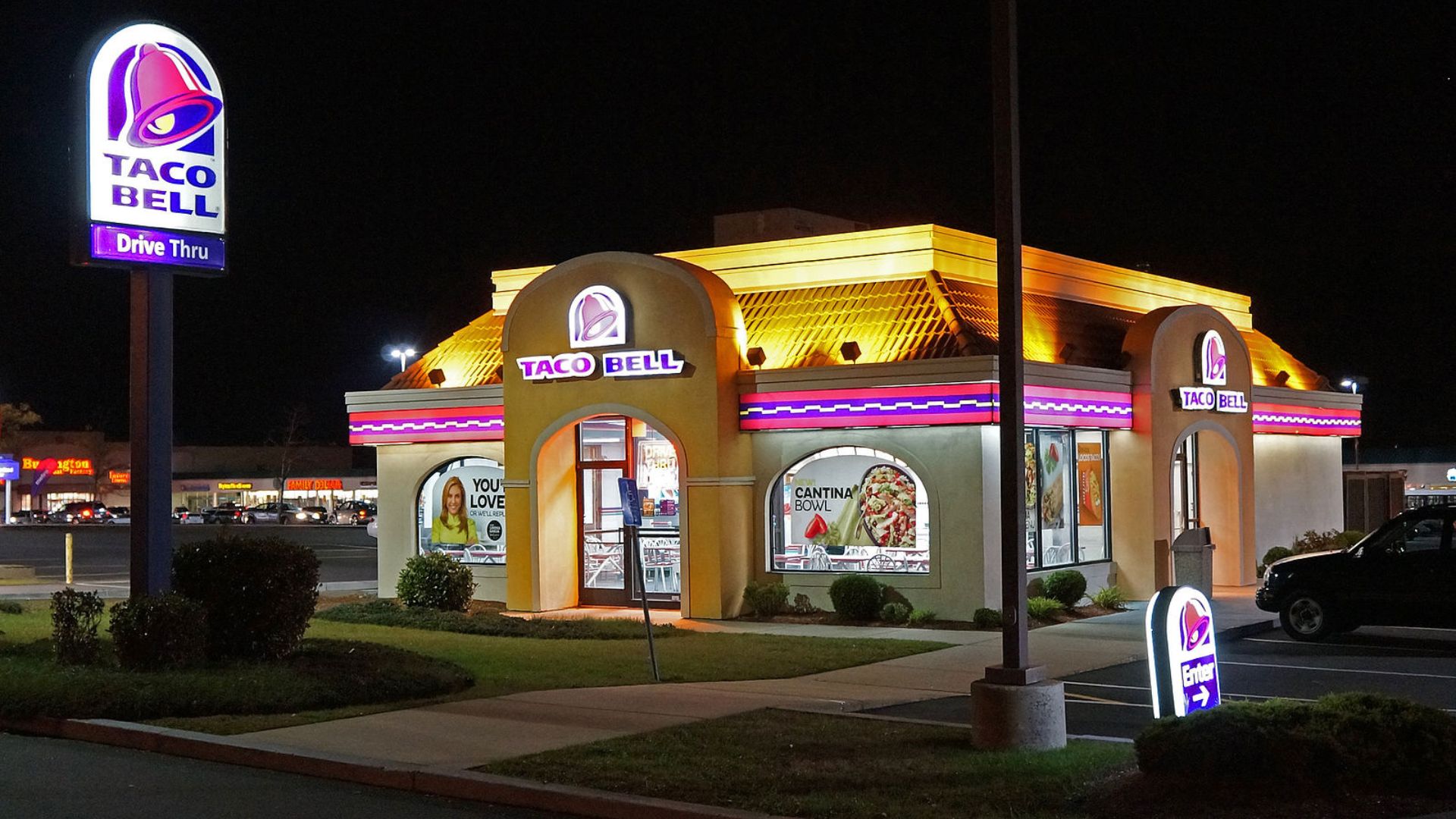
The Fast Food Council is a blend of union reps and execs from big names like Taco Bell and Wendy’s.
They’re the brains behind the wage decisions, influencing a hefty slice of California’s economic pie.
The Man with the Plan
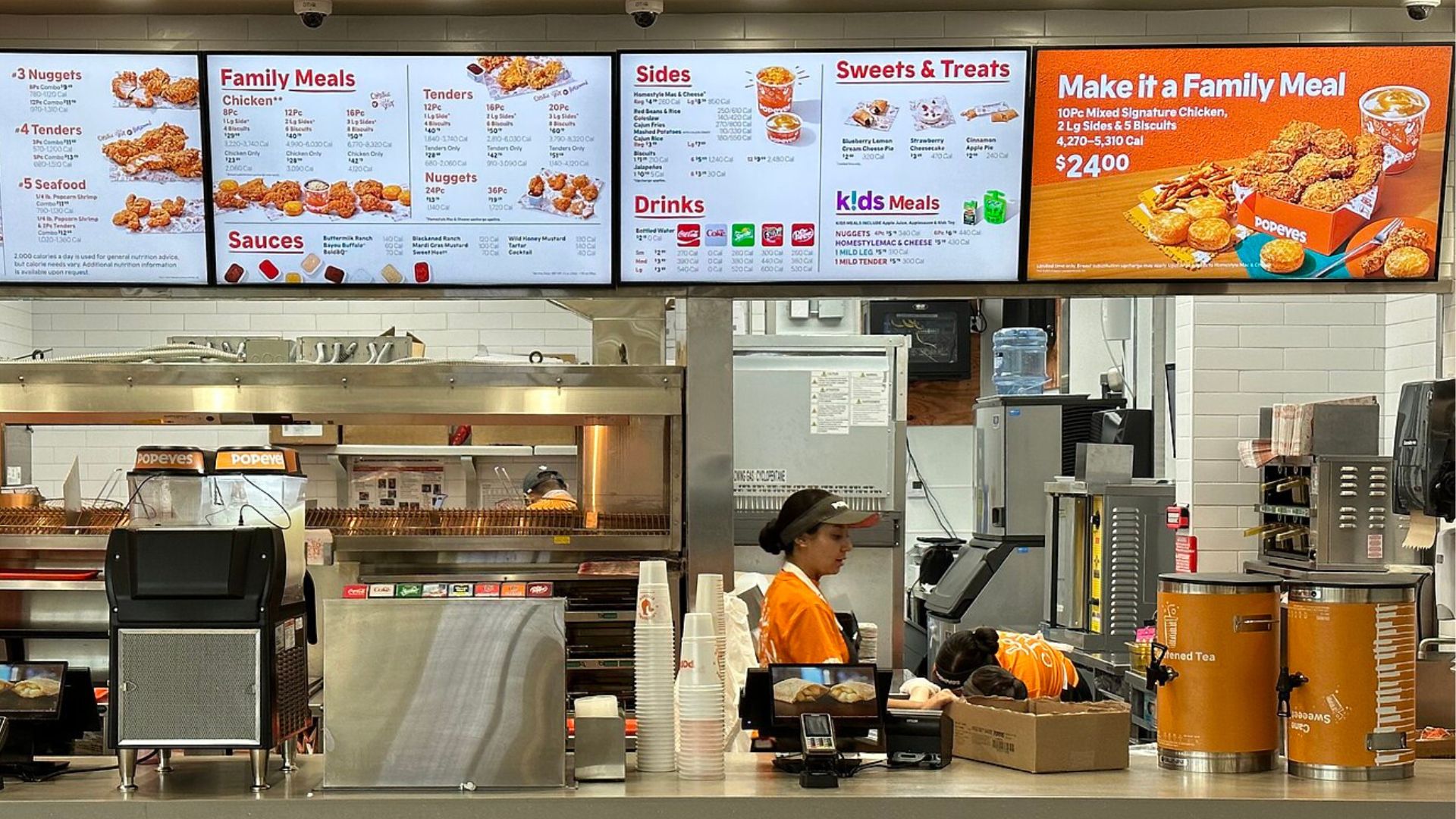
Nicholas Hardeman, wielding the deciding vote on the council, is under the spotlight.
As the chief of staff to a leading California senator, his single vote could tip the scales on this wage hike debate.
Future Governor in the Mix
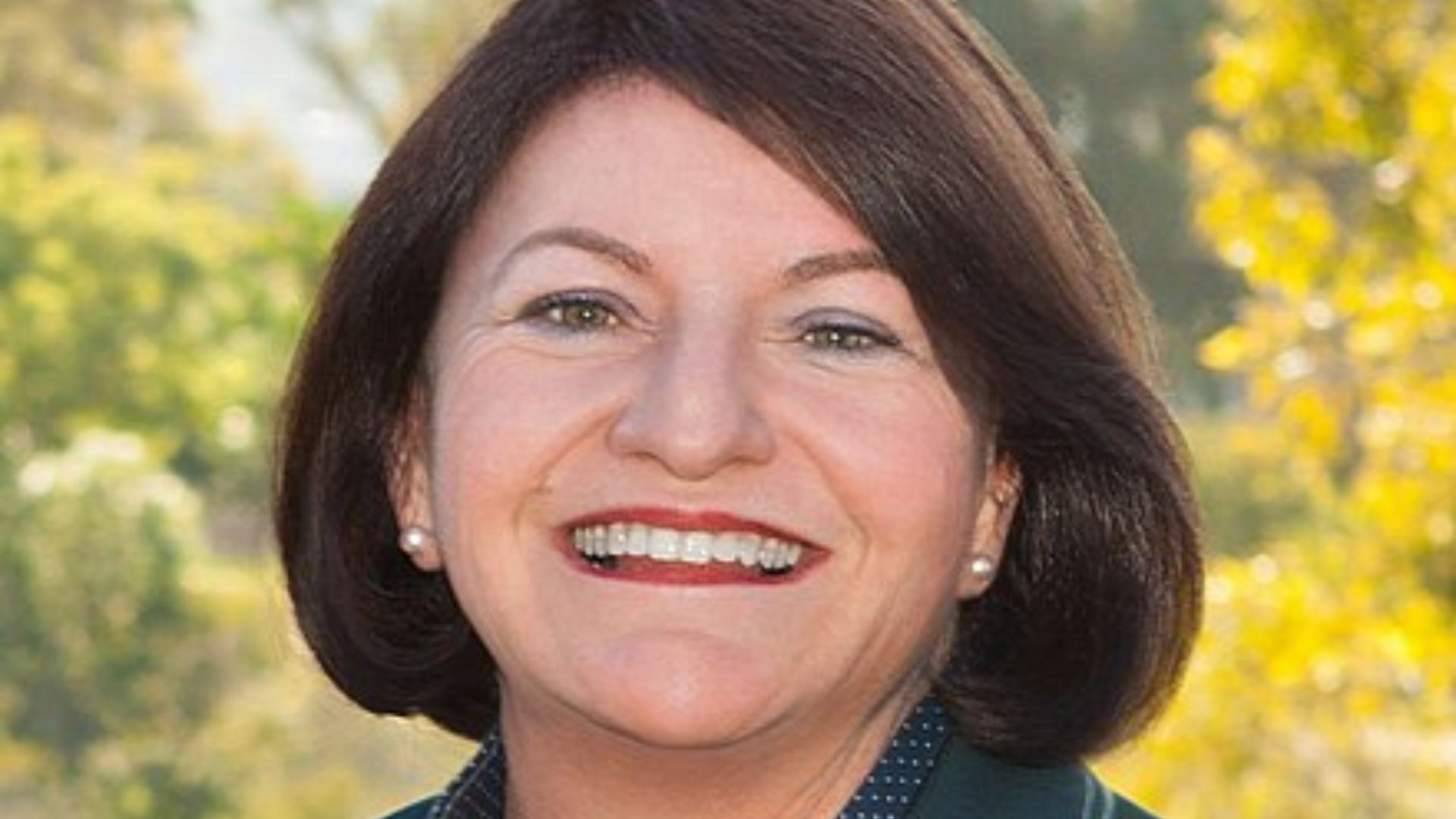
As wage discussions continue, political dynamics are also at play. Senator Toni G. Atkins, a key figure in California politics and affiliated with the decision-making process, is planning to run for governor in 2026.
This may influence her stance and actions regarding wage policies.
Beyond Wages: The Union’s Broader Agenda
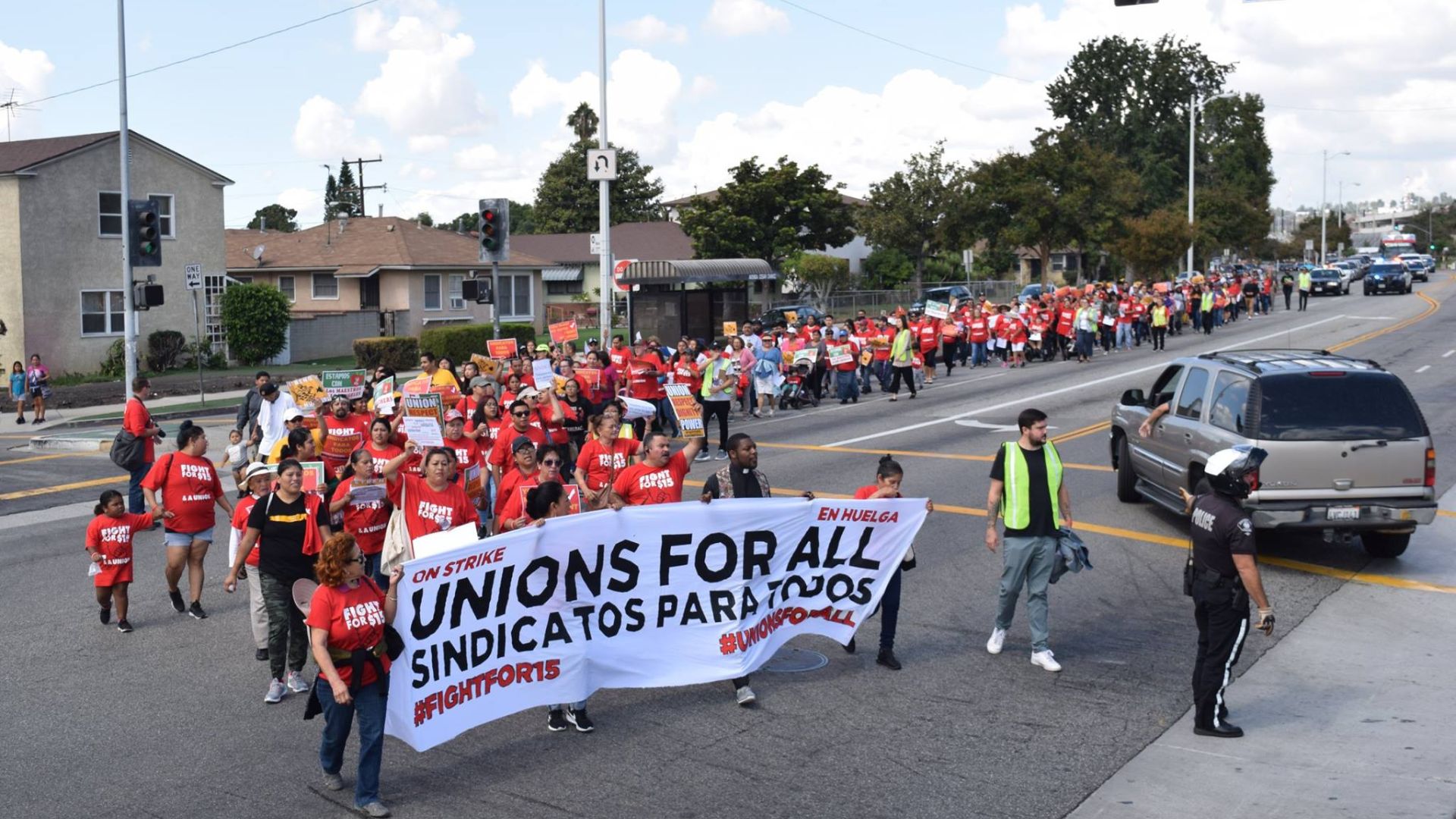
The push for $20.70 an hour is just part of the story.
The California Fast Food Workers Union is championing firmer job security and guaranteed work hours, aiming to make fast food jobs more sustainable and less precarious.
Overtime Overhaul on the Horizon

If approved, the proposed wage increase could expand the eligibility for overtime pay to more managerial staff in the fast food industry.
Under California law, salaried employees earning less than twice the hourly minimum wage are entitled to overtime, potentially increasing their compensation.
The Ripple Effects of a Wage Increase
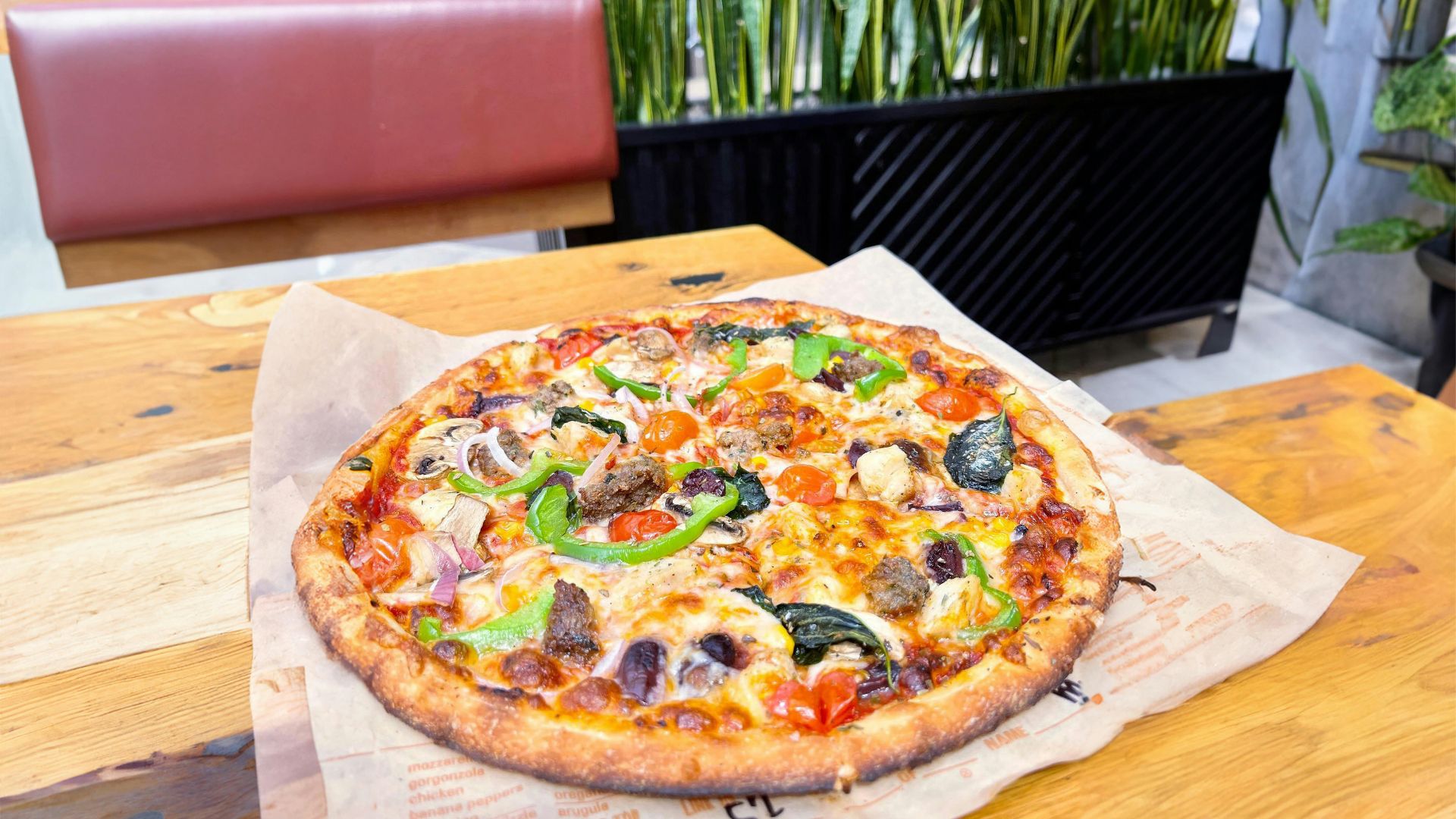
The potential rise to $20.70 isn’t just a number; it’s a sign of the times.
Set to possibly kick in at the start of the new year, this change could mark a significant shift in how California values the hands that serve its meals.
